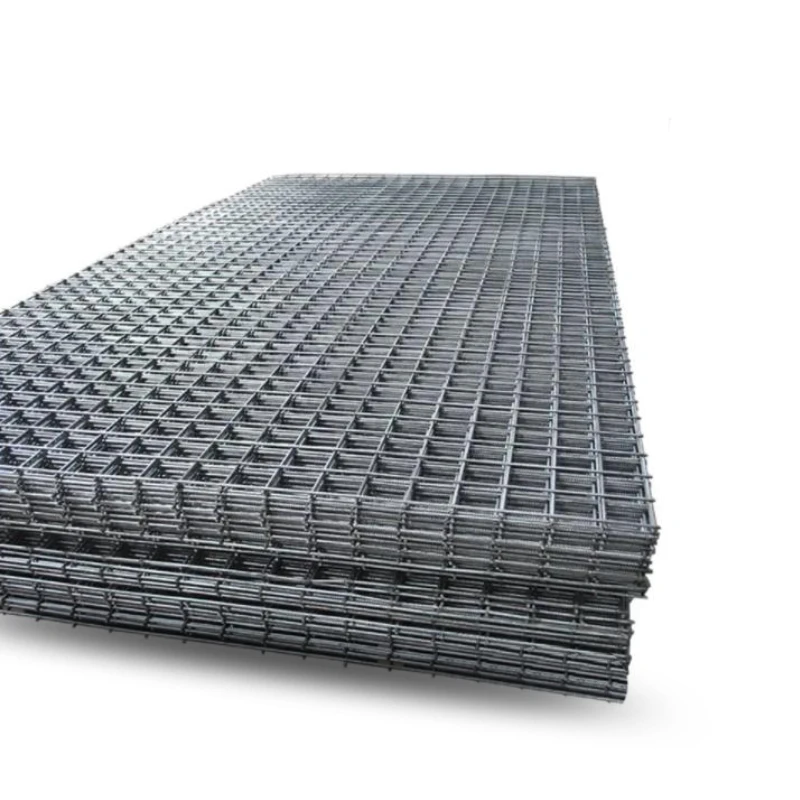Nov . 30, 2024 08:26 Back to list
concrete wire grid
Understanding Concrete Wire Grid A Comprehensive Overview
Concrete wire grids, often referred to as wire mesh or reinforcement mesh, are integral components in modern construction practices. They play a crucial role in enhancing the structural integrity of concrete, making it a staple in various civil engineering projects, ranging from sidewalks and driveways to large-scale buildings and bridges. This article will delve into the definition, benefits, applications, installation methods, and considerations associated with concrete wire grids.
What is a Concrete Wire Grid?
A concrete wire grid is composed of a network of wires, typically made from steel, that are arranged in a two-dimensional grid pattern. These grids are designed to be embedded in concrete during the pouring process, providing tensile strength and improving the overall durability of the concrete structure. The wires in the grid are usually welded or tied together to form a strong and stable mesh, which can withstand the compressive and tensile forces that concrete typically does not handle well.
Benefits of Using Concrete Wire Grids
1. Enhanced Structural Integrity The primary benefit of using wire grids is the support they provide against cracking and breaking. Concrete is inherently strong under compression but weak under tension. Wire grids help distribute stress evenly, preventing fractures.
2. Cost-Effectiveness Utilizing wire grids can reduce the amount of concrete needed for a project, thereby lowering material costs. Additionally, by minimizing the risk of cracks and ensuing repairs, they save money in the long run.
3. Increased Load-Bearing Capacity In large constructions, having a reliable reinforcement system allows concrete structures to support greater loads, which is especially critical in multi-story buildings and bridges.
4. Improved Durability Structures reinforced with wire grids are more resistant to environmental factors such as moisture and temperature fluctuations, leading to longer-lasting construction.
5. Ease of Installation Concrete wire grids are relatively easy to handle and install. They can be cut to size and shaped as needed, fitting into a variety of forms and molds.
Applications of Concrete Wire Grids
Concrete wire grids are utilized in a broad range of construction applications
- Pavements and Driveways Grids provide essential reinforcement in residential and commercial paving projects, helping to reduce cracking due to vehicle loads and weather conditions.
- Floors and Slabs Wire grids are commonly used in concrete slabs for both residential and industrial buildings. They help distribute the stresses from furniture, machinery, and foot traffic.
- Bridges and Overpasses Given the significant loads and stress they must endure, bridges benefit greatly from wire mesh reinforcement.
concrete wire grid

- Walls and Barriers Retaining walls and acoustic barriers often use wire grids to improve their stability and durability
.Installation Methods
Installing concrete wire grids involves several key steps
1. Site Preparation The area must be cleared and graded to ensure a level surface before any concrete is poured.
2. Placement of the Grid The wire mesh is positioned onto the subgrade or forms, ensuring it is elevated slightly above the ground. This is typically achieved using plastic or metal spacers to prevent the grid from sinking during the pour.
3. Pouring Concrete Once the grid is correctly positioned, concrete is poured over the mesh, ensuring that it envelops the grid completely. This ensures that the wires are effectively bonded with the concrete.
4. Finishing Touches After the concrete is poured, it is leveled and finished as required, allowing for a sturdy and durable surface.
Considerations When Using Concrete Wire Grids
While there are numerous advantages to using concrete wire grids, there are a few considerations
- Corrosion Resistance Steel grids can corrode over time, especially in harsh environments. Using galvanized or stainless steel wire can mitigate this issue.
- Thickness of the Concrete Slab The effectiveness of the grid is contingent upon adequate concrete cover. The slab must be thick enough to ensure that the wire mesh is properly embedded.
- Specifications and Standards Adhering to local codes and industry standards is essential to ensure that the reinforcement meets the necessary structural requirements.
Conclusion
Concrete wire grids are a fundamental element of modern construction, offering a host of benefits that enhance the durability and integrity of concrete structures. By understanding their applications, installation methods, and considerations, builders and engineers can effectively utilize wire meshes to create safer, more reliable constructions for the future. Whether it’s a simple driveway or a complex bridge, concrete wire grids stand as a testament to the evolution of civil engineering practices.
-
Reinforcing Mesh: Core Material of the Construction Industry
NewsJul.07,2025
-
Welded Wire Fabric Reinvented for Modern Projects
NewsJul.04,2025
-
Superiority of Stainless Steel Woven Mesh
NewsJul.04,2025
-
Key Types of Razor Wire and Their Applications
NewsJul.04,2025
-
Durable Metal Fence Types for Security
NewsJul.04,2025
-
Best Materials for Livestock Fence
NewsJul.04,2025
products.







